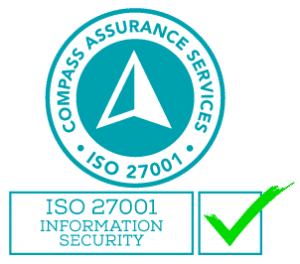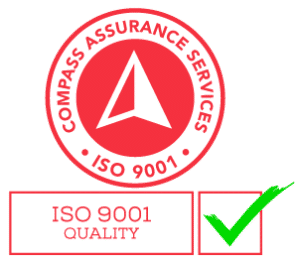SharePoint is a powerful, enterprise-scale information platform that can help your business operate more efficiently and produce better business results. It has the ability to store large amounts of data, and make it accessible across different locations.
There are many ways to make the most of SharePoint to help your organisation achieve its business goals while avoiding unproductive backtracking.
What is SharePoint?
SharePoint is a suite of business applications that enables you to store, manage, and share documents, including content from internal sources, external customers, and partners. You can also use it to create web sites, blogs, wikis, calendars, and other online collaboration tools that enable employees to work together on projects, process business data, create presentations and reports, and access corporate data.
Its most recognisable feature is the ability to host and publish documents online. This suite of applications consists of a web conferencing and collaboration tool, a content management tool, and a document management tool.
With SharePoint, businesses can create and publish their documents online, track their file metadata, track who has accessed a file, and allow users to collaborate and share information with other teams.
Project management
Project management is an important function of any business, and SharePoint can be an effective tool for this. You can use SharePoint for managing projects, tasks, deadlines and workflows, as well as create templates for project documentation, and track milestones and tasks associated with each project.
You can also create templates to speed up the creation of new tasks, documents and other aspects of your project management.
Locking documents
You can set documents to “read-only” mode in order to lock them down. Many companies use this feature to prevent their employees from making unwanted changes and maintain consistency across the business. This is useful when you want to create a draft of a document or share it with someone, but don’t want them to make any changes.
Locking documents is less about controlling access and more about document publishing and versioning control. With SharePoint’s version control features, users must specify their reasons as to why they made a document revision.
Manage access request
If you want to grant only certain users access to specific content in your SharePoint environment, you can create access requests. This feature also allows you to grant access to users outside of your organisation.
With proper management, you can make sure that only authorised individuals have access to the content they need to do their jobs. It is important to ensure that you have proper access policies in place to avoid making mistakes when managing permissions.
Simply click the “Assign” button when creating a new document, then select “Access” from the drop-down menu. This will bring up a page where you can select the users you want to grant access to.
CRM configuration
While most organisations use SharePoint simply as a document repository, it can also be set up as a Customer Relationship Management (CRM) tool, if configured properly.
A CRM manages customer relationships and information. It is useful in different ways such as providing support, creating content, and expanding your business’ reach.
SharePoint CRM features:
- Create customer lists with customisable fields for contact information, notes, etc.
- Create customised reports for customer data and analysis.
- Integrate with other software such as Microsoft Dynamics to get more insights.
These are all crucial aspects that help with getting customer data organised and providing a more personal customer experience.
Restrict library permission
When SharePoint is properly implemented, it can be a valuable tool for granting permission levels to content stored in your business’ network. This can help you to limit access to certain content, such as proprietary data or employee communication, which helps to improve security, and also save time and resources by reducing the need for manual entry and management of permissions.
If you have a public library or an online community in your SharePoint environment, you can set permissions to ensure that only approved users have access to certain content. This will prevent users from accidentally sharing sensitive or confidential content.
Open the Library Settings page, then select Permissions. You can then select the content types you want to restrict. This then gives you an overview of all the users that have access to that content type.
Train your users
A well-documented, managed, and secure information environment can help to drive productivity and business results. However, you can’t expect employees to know how to use it effectively if they aren’t familiar with it. Training your staff on how to effectively use SharePoint will give them a technical understanding of SharePoint so they can use it effectively.
When employees are familiar with how to use SharePoint, they can be proactive in making sure that it is properly managed, secured, and utilised for their daily tasks and business operations.
Set SharePoint up to work for you
SharePoint helps you to organise your data, find what you need quickly, and make it easy for everyone on your team to work together.
The Microsoft SharePoint specialists at Steadfast Solutions can set up your SharePoint environment and customise it to your exact business requirements, as well as train your users on its best uses.




